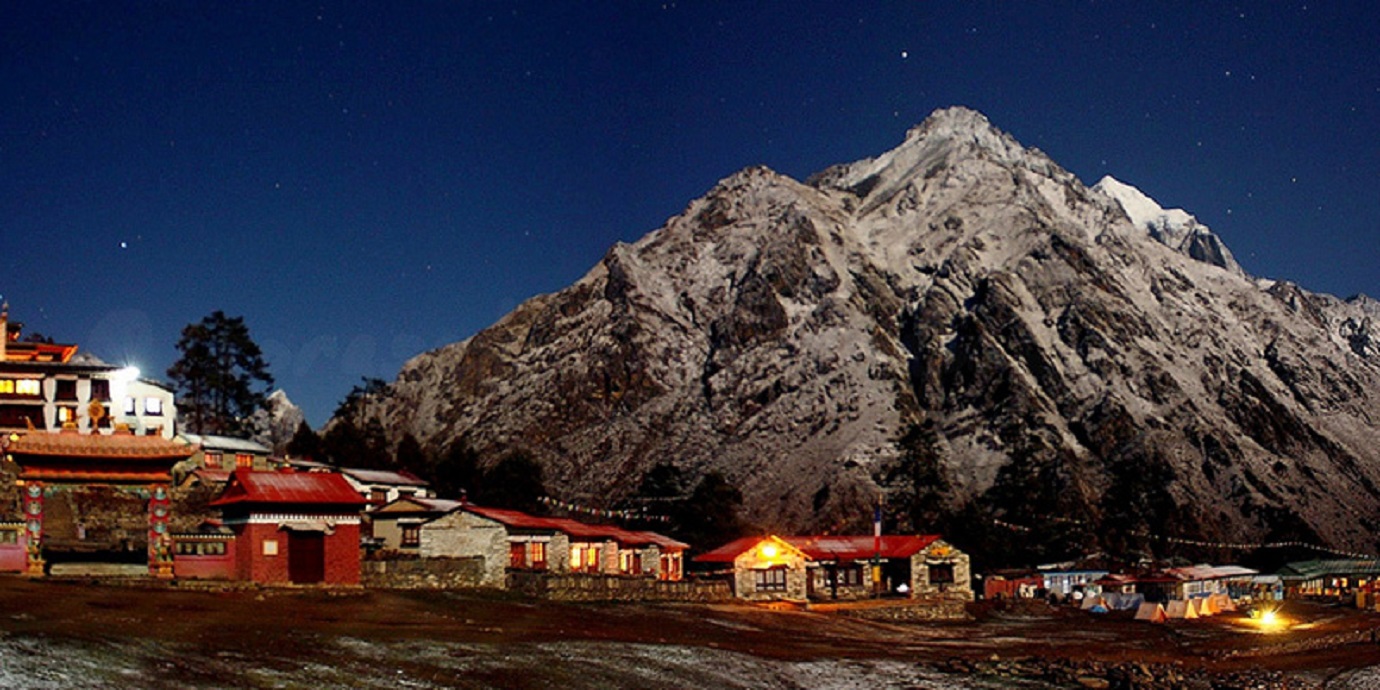Trekking During Mid Winter in Nepal.
Numerous trekkers, aides, and neighborhood individuals believe it is anything but a smart thought to venture out to higher heights mid-winter trekking in the Himalayas during its pinnacle winter months, which lie between December and February. Numerous high passes are secured with a day off; it resembles an outlandish accomplishment to take these courses at some point. Notwithstanding, trekking in the Himalayas is conceivable in any event, during winter, and is ordinary in standard courses with legitimate arrangements without the high passes cross.
Trekking in higher elevations during the virus season needn’t involve exceptional preparation or gear. All that is required is appropriate garments to keep one warm and going. Indeed, even at heights higher than 5,000 meters, it would be OK to trek if you are appropriately prepared for the circumstances.
Daytime is hot with, for the most part, bright days all through the season. Be that as it may, evenings get entirely cold once the 3,000m height is crossed. Cabins in most trekking courses are open even in winter and give warm inside frameworks. The temperature outside can drop to less than 30 degrees; be that as it may, the kitchen zone is kept quite warm with conventional radiators. A decent down coat, hiking bed, gloves, warm headgear, and warm socks would be obligatory to hold up under with the virus.
Higher heights bear strong winds and solid beams from the sun, which can rapidly affect the skin. Legitimate sun insurance is basic, and sunscreen and shades could be your lifelines. Trekking posts are extremely useful for all seasons yet progressively compelling in winter. Washing and clothing can be dealt with once in the hotter lower elevations.

Trekking Course: Should Be Possible in Winter in Himalaya.
A conceivable factor that a great many people stress over winter trekking in Himalaya is snow which squares up a large number of the passes and furthermore sends individuals briefly living in higher elevations to their hotter home in the marshes. Climate following might be very mistaken or very little solid, and trekkers in this season need to watch out for any mists that develops as this could be potential snowfall. For this situation, a couple of days rest would be the most reasonable other option. Anyway most winter days are clear at, which makes for a fine time to trek generally. Picking the winter trek with our high pass cross would compensate, hence one can do the Everest Base Camp or Annapurna Sanctuary or Everest Panorama trek with out any issue.
Unquestionably the advantages of trekking in this season is the low thickness of voyagers. As most want to trek in top seasons which lies in October-November or April-May, the very much trailed courses are regularly packed. So taking a similar course during mid-winter could give you the upside of having less packed trail and hotels with fast administrations and heaps of decisions. The view from higher heights is clear and rewarding.Many trekkers have made the most of their movements to Annapurna, Langtang, Everest and other mainstream goals during this season. You can design yours too!





